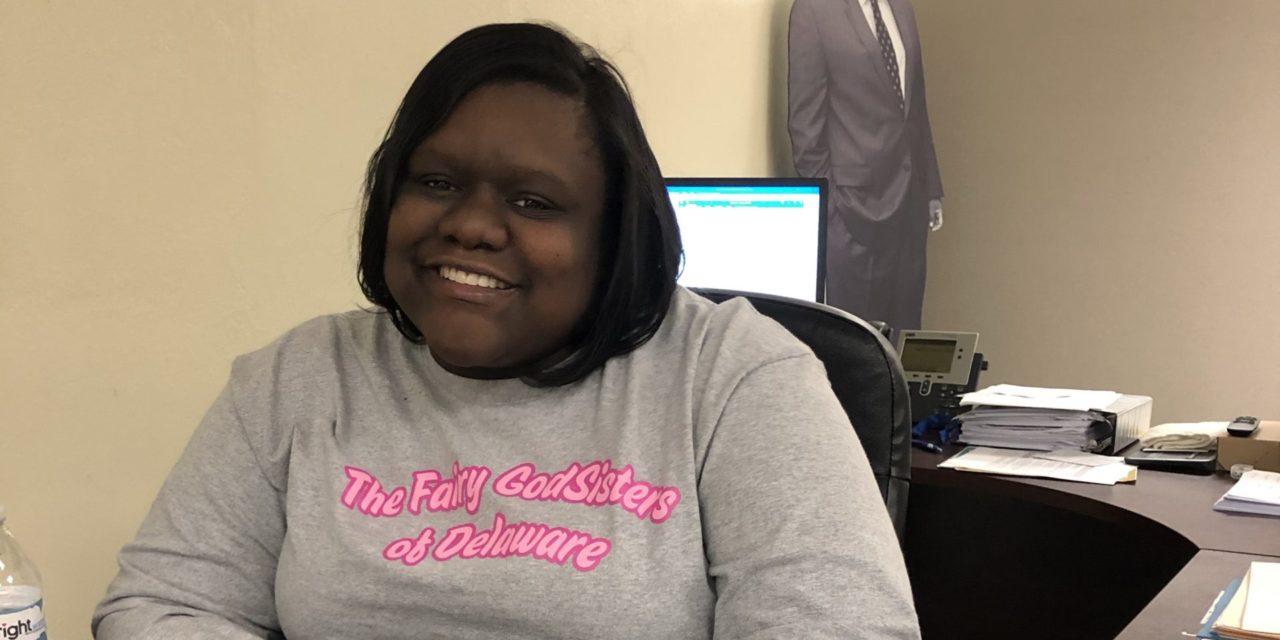By Wendy-Akua Adjei, The Whetstone
Religion professor Jeffrey Mask has been teaching at Wesley for more than ten years.
He’s seen students come and go for a lot of different reasons.
“Over the years I’ve had advisees who when they started here they didn’t intend to stay,†he said. “For whatever reason, they didn’t get accepted to the school they wanted to go to so they came to Wesley.â€
Because of this and many other reasons, Wesley has been having problems with retention, the ability to keep students from leaving until the graduate.
A lot of students come for athletics, but don’t get to play as much as they thought.
When recruiting, coaches need to be realistic with the athletes they recruit, Cynthia Newton, a political science professor, said.
“They recruit a lot of athletes and some of them never get to play,†she said. “We need club sports or intramurals,â€
Academic are the key to raising the retention rate, Brantley Craig, professor of English and Religion, said.
“We need to target the academic stuff and do the most we can do to give them a good academic experience,†he said.
Christine McDermott, director of student success & retention, said when Williams and Gooding halls were open they were “bleeding†students – students were leaving at a high rate.
“We were losing them (students) left and right, and so what residence life finally did after a while of getting the same information, they put two RAs on the floor,†she said.
However, it didn’t fix the problem, McDermott said, because the RAs were new and perhaps didn’t have the skills necessary.
McDermott said the RAs were supposed to be a resource for the students as well as oversight.
In the fall of 2018-2019, female athlete commuters’ retention rate went down 12.5 percent compared to the year before. The retention rate for residential female athletes fell 8 percent.
The retention rate for females who are non-athletes, however, went up 2.5 percent.
“So what that means is we have to look at the athletic coaches or the athletic coaches need to look at their teams,†she said.
McDermott said to pinpoint the specific reason for the drop in these numbers the school needs definitive evidence.
The female retention rate for the fall of 2018-2019 as high as 63.16 percent, while, by contrast, the male retention rate fell to nearly 50 percent, making the overall retention rate about 55 percent.
For the same year, the retention rate for different classes climbed from a freshman low of 57.18 percent for freshmen to 81.43 percent for sophomores to 85.24 percent for juniors.
Commuters’ retention rate for females is 67.65, and, for male commuters it’s 73.53 percent. The rate for females who live on campus is 60.76 percent, while with males who live here it’s only 43.08 percent.
Commuters are thus more likely to stay than residents.
Quameshia Callwood, director of campus life, said she thinks Wesley needs to spruce up the campus.
“They need to keep up with the buildings,†she said. “They really need to just remodel all of the building. Maintenance needs to actually fix things and not just stick band aids on things.â€
Callwood also said Wesley needs to add more options to the P.O.D food as well as the cafeteria.
“They should try to see what works for other colleges.”




